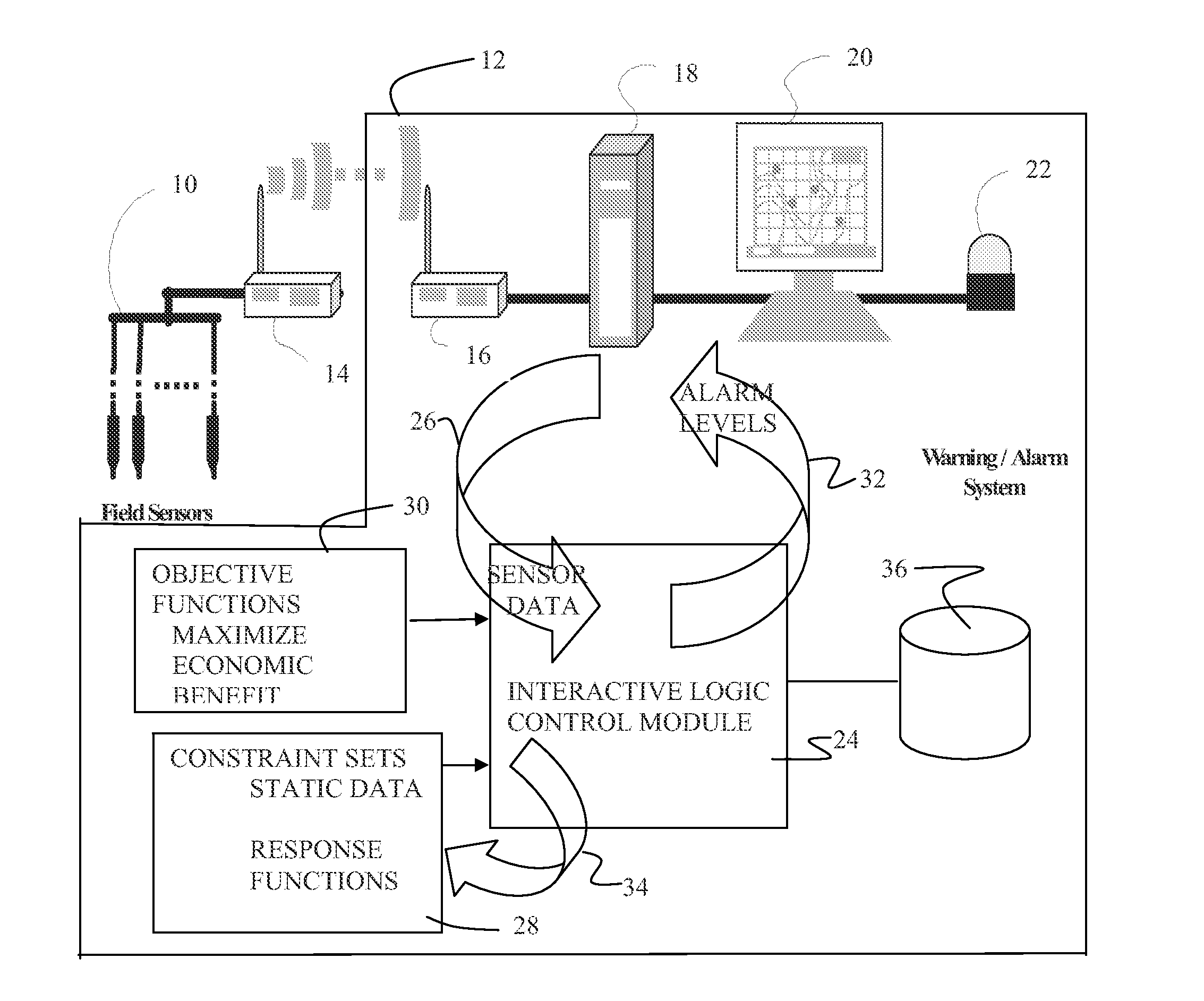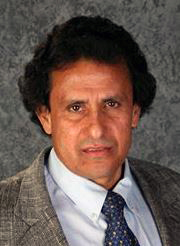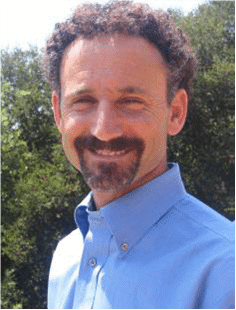Hugo Loáiciga, Professor of Geography, and former UCSB doctoral graduate Dr. Mark Kram were awarded US patent No. 8892221 B2 by the US Patent and Trademark Office on Nov. 18, 2014, patent titled: “Integrated resource monitoring system with interactive logic control for well water extraction.” According to the patent description: “This invention relates generally to the field of automated systems for monitoring of resource usage and particularly to a system employing an interactive logic control with objective functions and constraint sets as inputs for real time status output with warning/alarm capability.”
The description goes on to state: “Over-pumping of ground water is becoming more and more commonplace. This is especially true in arid regions of the Southwest United States. A recent GAO report claims that 36 states will encounter severe water shortages within only a few years (U.S. Government Accountability Office, Freshwater Supply: States’ Views How Federal Agencies Could Help Them Meet the Challenges of Expected Shortages,” GAO-03-514, July 2003, p 1).
Since many water supply well fields are installed adjacent to areas of shallow surface water, significant impairment to adjacent riparian habitat can result from ground water extraction activities. Reduction in the ground water potentiometric surface due to over-pumping can induce leakage of the surface water body, thereby reducing the total amount of flow in rivers, streams, and springs. Stream flow reduction during fish migration seasons threatens the species survival potential. The methods covered in the patent application are applicable to predicting the effects of groundwater extraction on aquifer storage in general and on seawater intrusion in coastal aquifers.
There is a significant need to better understand the ecological impacts due to ground water extraction activities adjacent to rivers, streams and springs. An automated interactive monitoring and modeling system will provide watershed managers with continuous understanding of the dynamic interactions between ground water extraction activities and surface water levels, and will allow for automated establishment of maximum allowable extraction thresholds based on minimum surface water level requirements, and therefore lead to optimization of ground water extraction activities while protecting the riparian habitat.
It is therefore desirable to provide systems and methods to optimize, monitor, and manage ground water resources based on the integration of sensors with computing capability incorporating an understanding of the ground water and surface water relationships. The methods of this patent application are applicable to predicting and controlling the effects of groundwater extraction on aquifer storage in general and seawater intrusion in coastal aquifers, also.”




